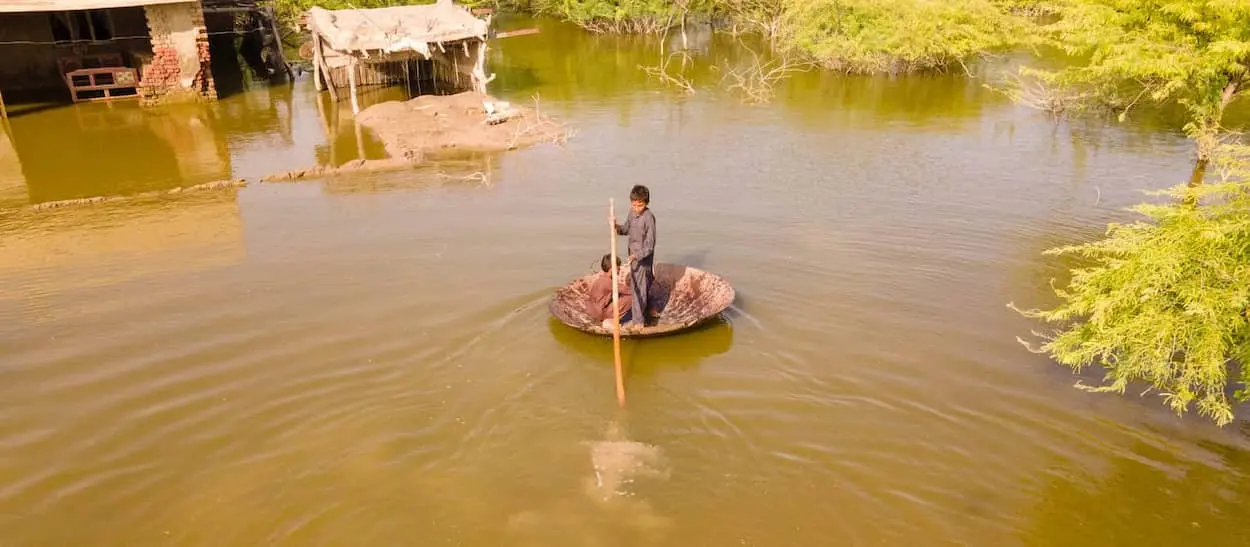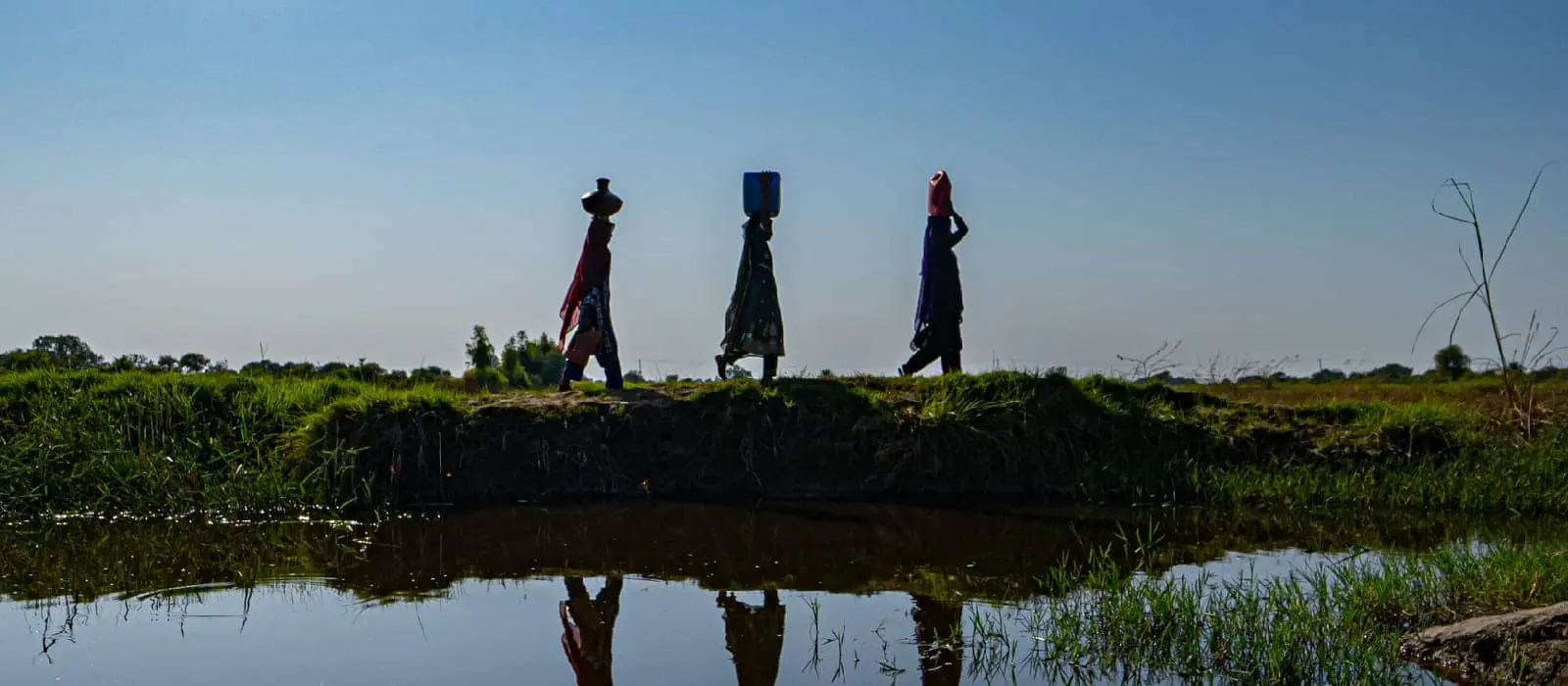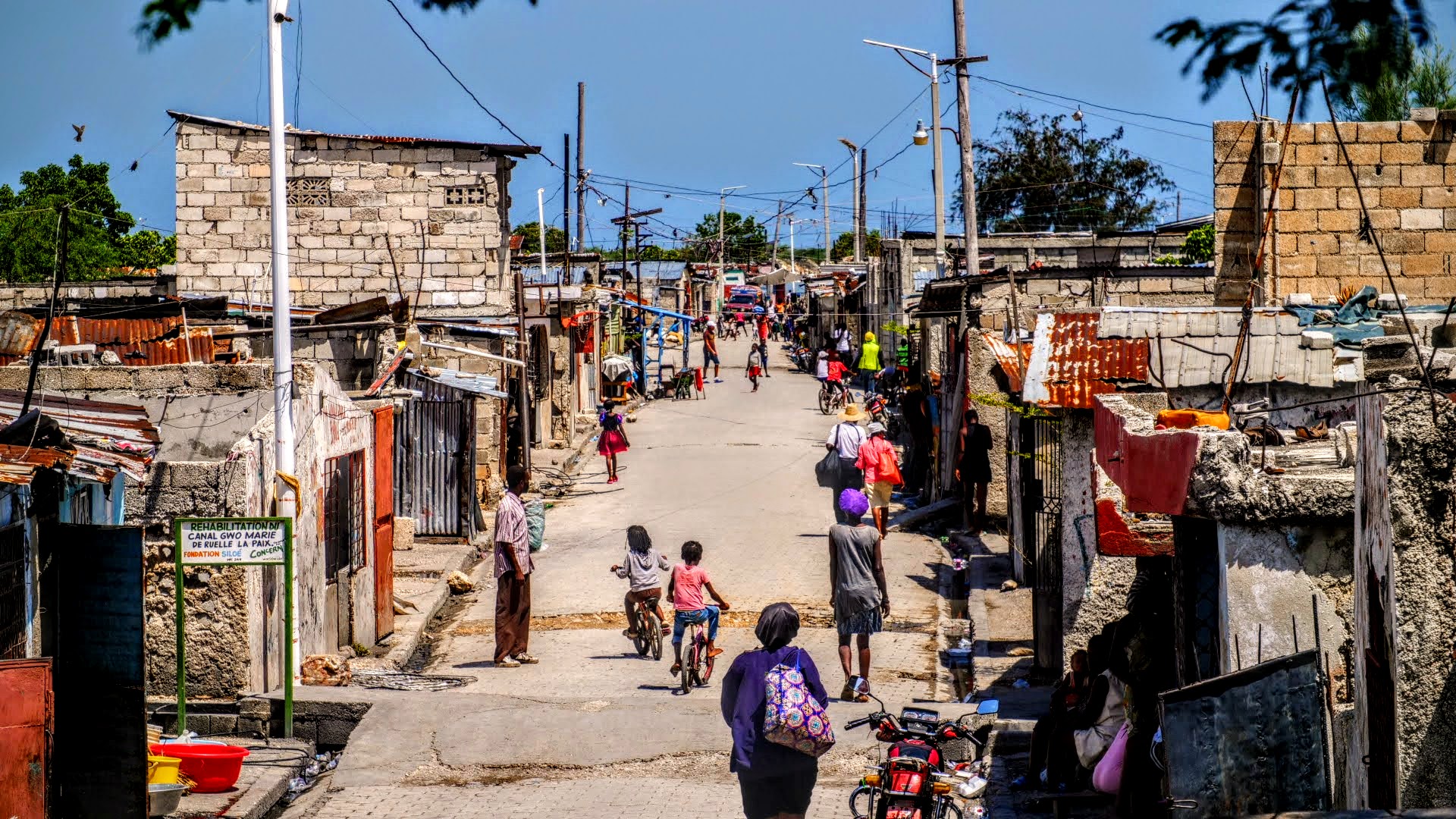2022 saw an increase in cases for another global pandemic: cholera. Here's what you need to know about an unprecedented outbreak across 29 countries.
After years of declining case numbers, 2022 saw an increase in cases for another global pandemic: cholera. So far, at least 29 countries have declared outbreaks — including some which had previously eradicated the disease.
“The situation is very concerning, very worrying,” Dr. Philippe Barboza of the World Health Organization told the New York Times in October, calling this unprecedented level of contagion “a fire that is just going to keep getting bigger.” Yet the situation is already in such a dire state that vaccines are in short supply and many of the world’s most vulnerable communities are being hit hardest by the spread. Here’s what you need to know about the current global cholera outbreak.
First things first: What is cholera?
Cholera is an acute intestinal infection caused by the bacterium vibrio cholerae. It’s contracted by eating contaminated food or drinking contaminated water, and symptoms usually start within one to five days from exposure. The symptoms of cholera include excessive, watery diarrhea and vomit.
This is where the problem of cholera begins: While most cases of the disease are not fatal and easily treated when diagnosed, if a patient is not diagnosed they can quickly die from dehydration. Infants, children, and other immunocompromised people are at higher risk for death, which can happen within hours depending on the severity of the infection.
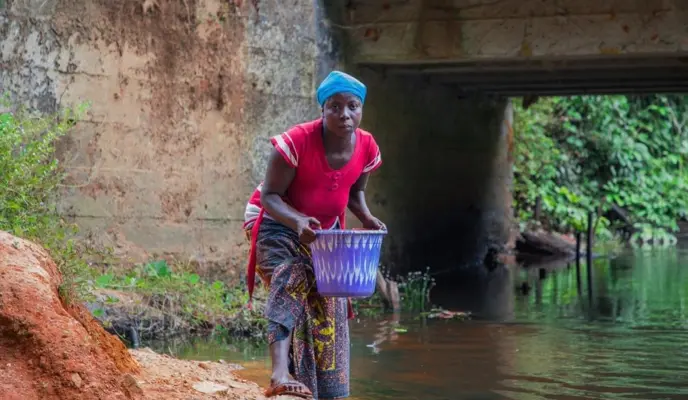
The latest cholera epidemic
Cholera originated in India’s Ganges Delta and began to spread across the world in the 19th Century. It was especially common in the Victorian Era, with industrialization leaving many water sources contaminated (especially in cities such as London) and in a time before more sanitary and hygienic conditions were introduced in high-income countries. Since then, however, it’s still killed millions across seven pandemics.
We’re currently in the middle of the latest cholera epidemic, which began in 1961 and also originated in southern Asia. A decade later, it spread to Africa. It reached North and South America in 1991.
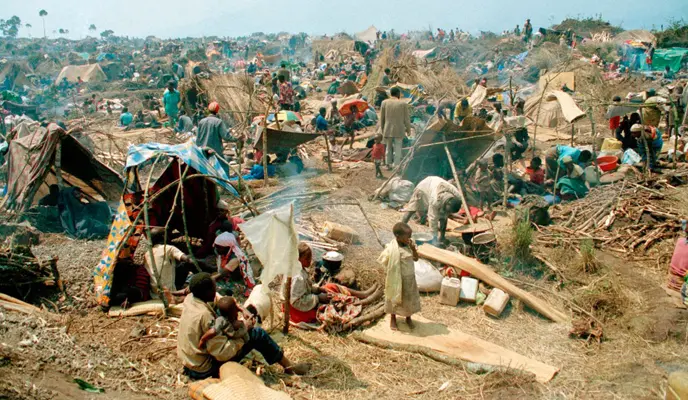
Over more than six decades, cholera has now become endemic in most countries, with caseload spikes happening periodically. It’s a main concern, for instance, during natural disasters such as floods and earthquakes, since it’s spread through contaminated water and these events often compromise water and sanitation resources. It’s also a concern with conflict, since war both destroys infrastructure and leads to people living in informal settlements as refugees or IDPs, meaning that they aren’t guaranteed adequate sanitation or hygiene facilities or clean water.
With natural disasters becoming increasingly severe and frequent due to the climate crisis and the global refugee crisis leaving displacement at record levels, it was only a matter of time before we reached the current situation. In the first week of November, 2022, the WHO reported that the total number of reported cholera cases around the world was at an all-time high.
What happened in 2022?
By February 16, 2022, over 30,600 cases of cholera were reported around the world according to the European Centre for Disease Prevention and Control (ECDPC), some carrying over from 2021. These included outbreaks in India, Bangladesh, the Philippines, Afghanistan, and several countries in Africa (Benin, Nigeria, Cameroon, Democratic Republic of Congo, Ethiopia, Tanzania, Malawi, and Zimbabwe).
By the end of May, the number of cases had increased by over 850%, with cholera infecting nearly 263,000 people and killing 63. Due to the situations in which many of these outbreaks occurred, experts agree that these numbers are underreported. Hit hardest was Cameroon, which recorded 7,199 cases by the end of May. The Democratic Republic of Congo, which had seen a cholera outbreak begin in 2021, recorded over 6,100 cases and 89 deaths as of April 19 of this year.
By the summer, many new countries were declaring outbreaks — often countries that neighbor countries where outbreaks had already been reported. South Sudan shares borders with both Ethiopia and the DRC. Kenya borders both Tanzania and Ethiopia. Pakistan sits in between India and Afghanistan. Iraq began reporting cases in June of 2022. Cases rose even more dramatically in western and southern Asia: By April 12, Bangladesh had reported over 495,000 cases and 29 deaths. Two months later, Pakistan recorded nearly 257,000 cases and three deaths, and Afghanistan had recorded over 6,200 cases.
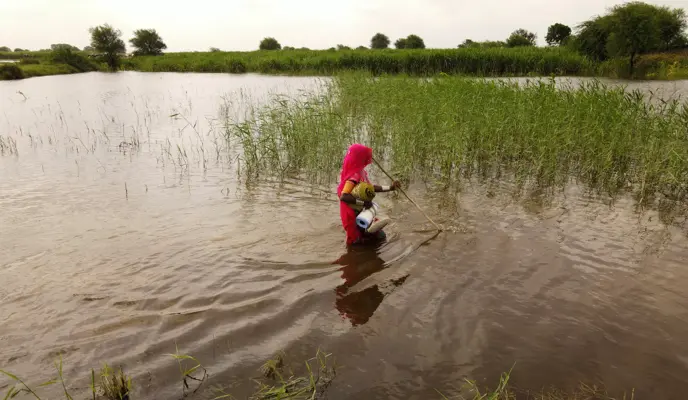
There is a cholera vaccine — three, in fact. But that’s not enough.
One of the biggest challenges of so many high caseloads happening around the world at the same time is that there aren’t enough cholera vaccines to go around. This has brought about a number of hard questions and decisions, especially around which areas to focus on and whether prevention or containment is the more critical factor at this point.
The WHO has approved three cholera vaccines (all of which are administered orally), going by the brand names of Dukoral, Shanchol, and Euvichol. An estimated 36 million doses of the three vaccines were expected for 2022. The New York Times reported that 32 million had been allocated for emergency vaccination campaigns.
Demand has been so high, however, that the WHO has made a critical decision: Rather than following the recommended two doses of the vaccination, they are stretching supplies by saying that a single dose of Dukoral, Shanchol, or Euvichol is enough. “We have never had to make a decision like this about vaccination before,” Dr. Barboza told the Times. “That’s the severity of the crisis.”
“We have never had to make a decision like this about vaccination before. That’s the severity of the crisis.” — Dr. Philippe Barboza, World Health Organization
The current Cholera hotspots
Since this summer, several significant cholera outbreaks have clustered around a few key areas where Concern works, including:
Lebanon and Syria
- Cases in Lebanon (as of December 15, 2022): 5,136
- Cases in Syria (as of December 10, 2022): 56,879
- Deaths in Lebanon (as of December 15, 2022): 23
- Deaths in Syria (as of December 10, 2022): 98
New cases of cholera were first reported in Syria in late August, 2022 and has rapidly spread to all 14 of the country’s directorates. More than 40% of these cases are, according to the WHO and UNOCHA, present in children under the age of 5. The spread of the disease has been aided by weakened infrastructure after nearly 12 years of conflict; prior to this outbreak, 95% of Syrians were in need of humanitarian assistance. In October 2021, it was estimated that only 50% of the country’s water and sanitation system were functioning properly.
Similar conditions in Lebanon have fostered the spread of cholera, which — as of December 10 — was reported in 20 of the country’s 26 districts. Of these cases, 46% are in children under the age of 15, and over 21% of all cases have required hospitalization. According to a recent report published by a consortium of UN agencies, “Lebanon’s water and sanitation infrastructure remains on the brink of collapse” due to the country’s recent economic and political crisis that has also crippled the country’s healthcare system. This is the first outbreak of cholera in Lebanon since 1993.

Haiti
- Cases (as of December 14, 2022): 14,777
- Deaths (as of December 14, 2022): 291
After having eradicated cholera in 2019, Haiti began reporting new cases of the disease in January 2022. The country had previously battled a cholera epidemic shortly after its devastating earthquake in 2010. More than 10,000 Haitians died from the disease between 2010 and 2019, before the country was declared free of the illness. The first cases of cholera were declared in the capital of Port-au-Prince in early October.
The current outbreak comes during an unprecedented and complex humanitarian crisis. Concern Haiti Country Director Kwanli Kladstrup explains of the situation: “The cholera outbreak adding to the myriad of issues [facing Haiti], has aggravated the existing humanitarian crisis in Haiti, causing further stress to people’s lives. Prevention and the knowledge on how to stop cholera spreading is essential to keeping the numbers of cases down.”
Last month, over 1.1 million vaccines arrived in Haiti for its first campaign, focused largely around Port-au-Prince.
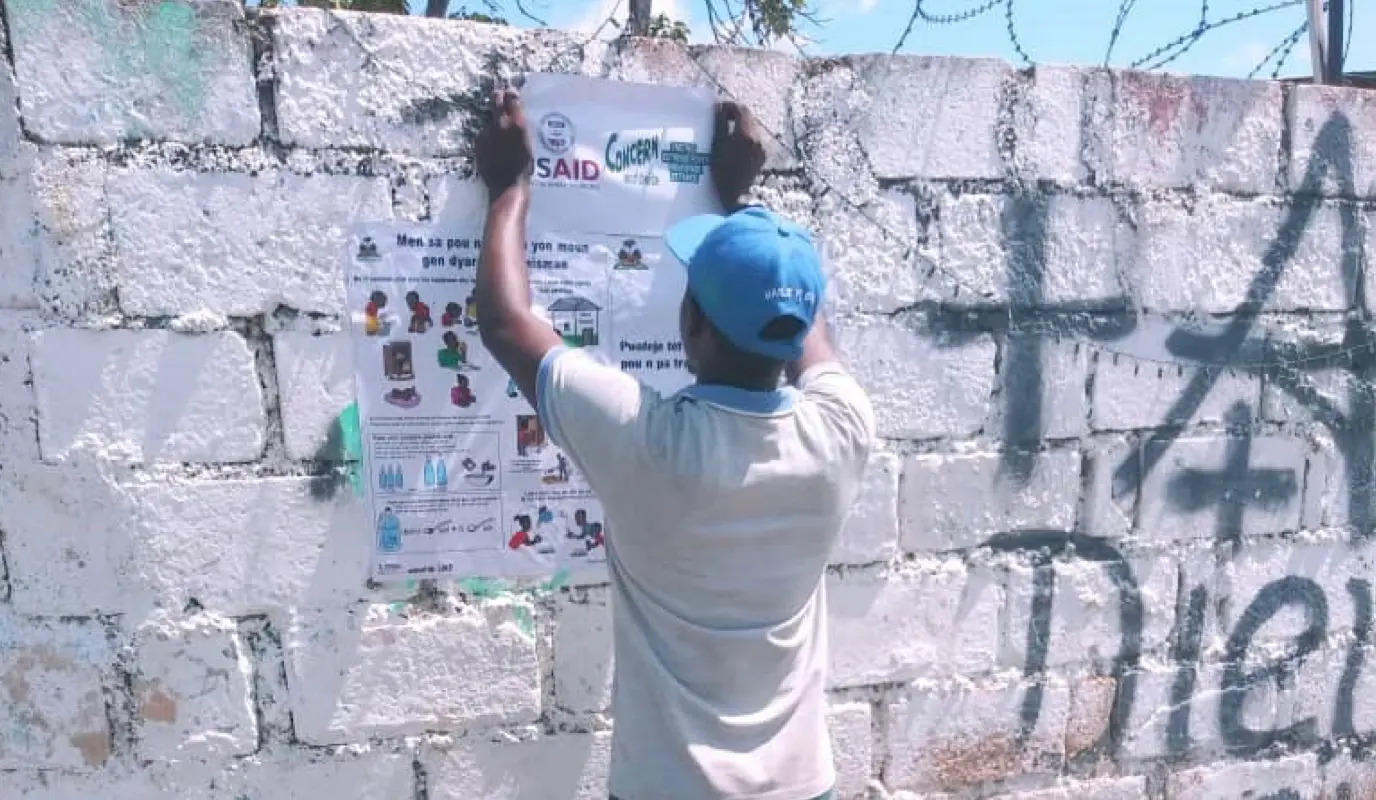
Somalia
- Cases (as of November 20, 2022): 13,079
- Deaths (as of November 20, 2022): 73
In the Banaadir region of Somalia (which includes the capital of Mogadishu), cases of cholera have continued without interruption since October 2017. Cases in Baidoa, in the nearby Bay Region, were first reported in January 2021. Since then, several more regions and districts in the country’s southeastern region (near the Kenyan border) have reported hundreds of cases. Nearly 40% have been reported as severe, and nearly 64% have been in children under the age of 5.
Part of this wave of infections owes to the unprecedented drought across the Horn of Africa, which has left several areas of Somalia operating in near-famine conditions. As the multi-year drought intensified this year, over 400,000 people have migrated to cities like Mogadishu in hopes of finding food and water. “Arriving families are seeking refuge in ad hoc displacement camps,” says Concern’s Regional Director for the Horn of Africa, Amina Abdulla. “Half of these camps are not receiving any assistance.”
“Arriving families are seeking refuge in ad hoc displacement camps. Half of these camps are not receiving any assistance.” — Amina Abdulla, Regional Director for Horn of Africa, Concern Worldwide
Water shortages are one knock-on effect of this mass displacement. In Baidoa, 100 boreholes normally provide water to the region. Currently, only five are functioning, allowing cholera cases to spike. This isn’t the only health issue facing Somalis as a result: Diarrhea, tuberculosis, and measles are also spreading rapidly, and it’s illnesses such as these that are often responsible for the high fatality rates during a famine.
Malawi
- Cases (as of November 27, 2022): 10,306
- Deaths (as of November 27, 2022): 299
Cholera has been endemic in Malawi since the country’s first major outbreak in 1998. The latest outbreak began in March of this year and, according to the World Health Organization, is the largest of its kind in the past decade, with cases reported in all 29 of the country’s districts. Floods from Tropical Storm Ana in January and Cyclone Gombe in March affected several communities with low access to clean water, sanitation, and hygiene measures and caused temporary displacement, facilitating the quick spread of the disease.
At the beginning of December, the Malawian government initiated an oral vaccination campaign, targeting 2.9 million people in the 13 districts with the highest case numbers and vulnerabilities.
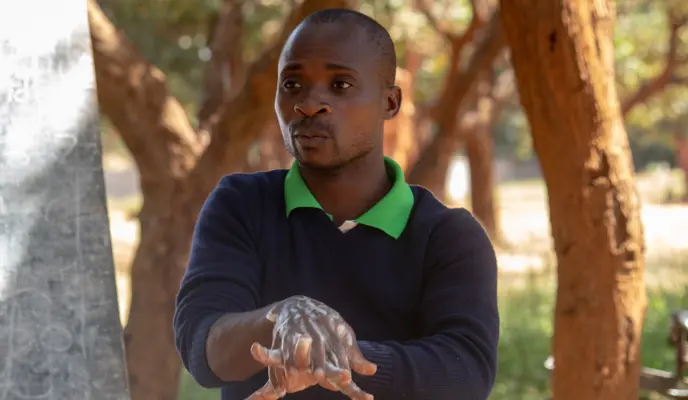
Democratic Republic of Congo
- Cases (as of June 30, 2022): 7,638
- Deaths (as of June 30, 2022): 114
Data from the Democratic Republic of Congo are a bit patchier than other countries, but UNICEF reported in October 2022 that the first half of the year saw 7,638 cases of cholera reported in the country, with 114 fatalities. This represents a 53% increase in cases of cholera in the DRC compared to the first six months of 2021, as part of a years-long outbreak that has only gotten worse with renewed violence and displacement in the country this year. The organization Doctors Without Borders reported 7,256 new patients were admitted to its cholera treatment center near the city of Goma between November 26 and December 7 of this year — a span of just 10 days.
This has been an ongoing problem for the DRC. Between 2010 and 2017, the country was responsible for 25% of all cholera cases in Africa. In 2011, during one of the worst outbreaks in the region, over 17,000 Congolese were infected. In 2017, 55,000 cases and 1,190 deaths were reported. In 2020, while also handling the world’s second largest ebola outbreak, the country saw nearly 20,000 cases of cholera. With families fleeing violence, often with nothing but the clothes on their backs, and facing displacement communities with less-than-adequate facilities for hygiene, sanitation, and clean water, it’s expected that these cases will continue to rise in the new year. Last year, the DRC vaccinated over 2 million.
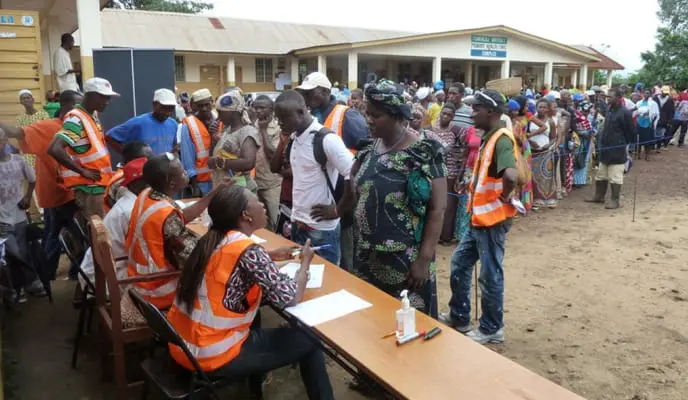
Cholera: How Concern is responding
Concern is responding to the cholera outbreaks in the DRC, Haiti, Malawi, Somalia, Pakistan, and Syria. We’re supporting health centers and treatment centers with materials and resources for disinfecting contaminated areas, as well as providing PPE and other essential items.
In communities, we’re responding much in the way we did to the initial COVID-19 pandemic, setting up handwashing points in public spaces. Prevention is key, and one of the most effective strategies we have done time and again is to run mass prevention awareness campaigns using community radio stations, mobile phone operators, and social media platforms.

